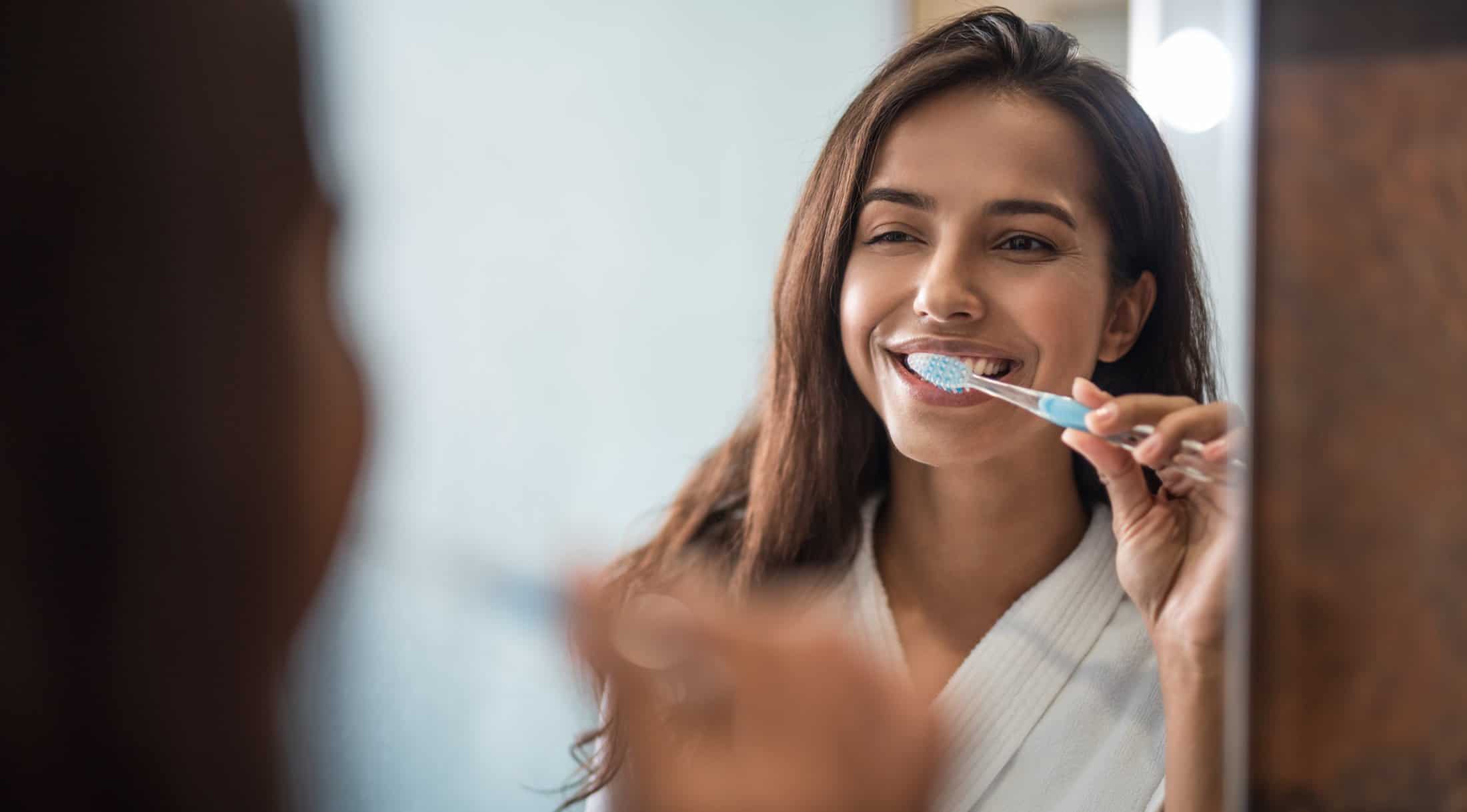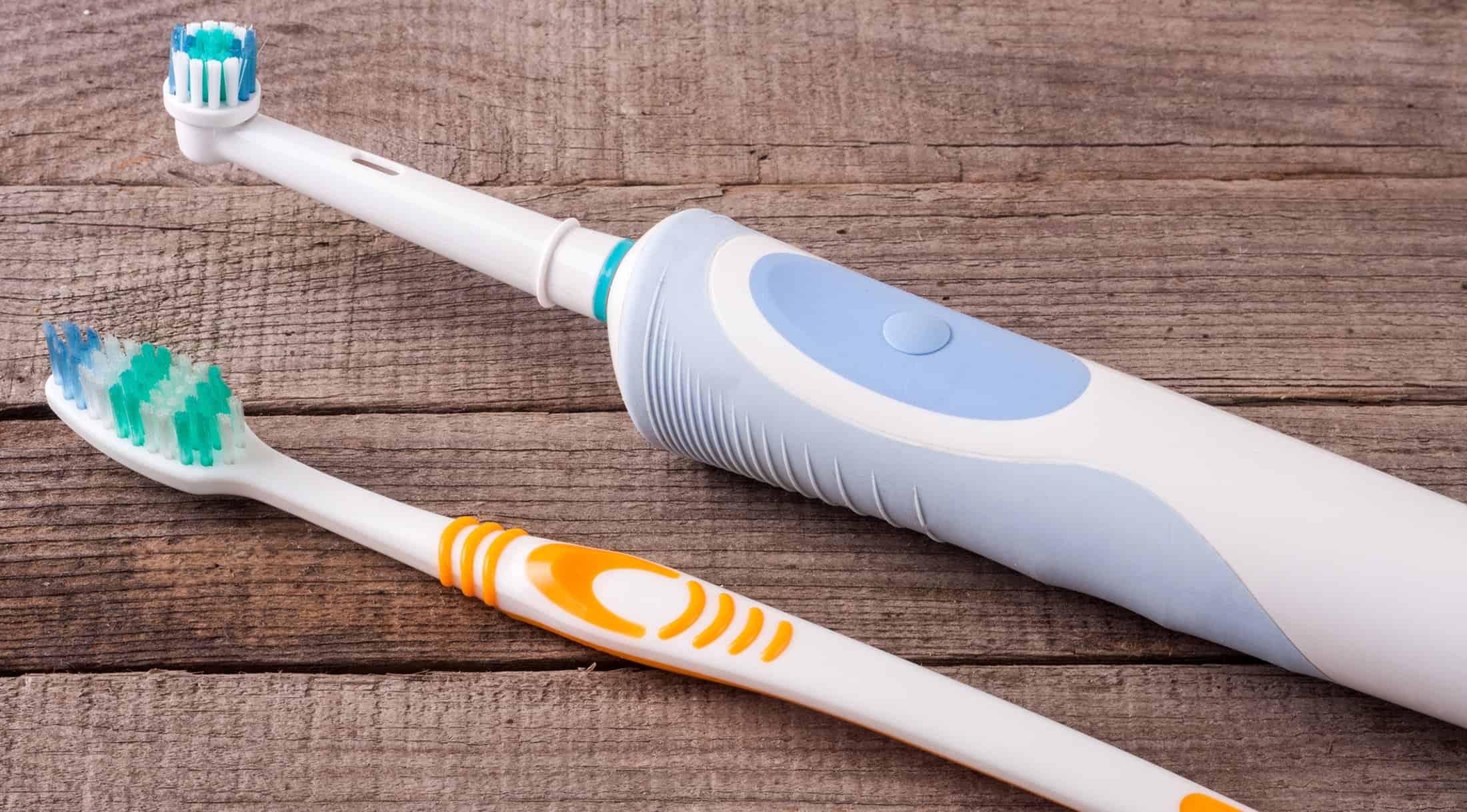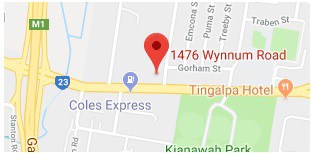Brushing your teeth is a fundamental habit ingrained in us from a young age. Did you know that you will spend over one thousand hours brushing your teeth over your lifetime? But despite the countless hours we spend wielding this essential tool, many overlook the importance of choosing the right toothbrush.
All toothbrushes are not created equal. A well-selected toothbrush significantly impacts your oral health by effectively removing plaque and bacteria, while a poorly chosen one can cause damage to gums and teeth.
This guide delves into the key factors to consider when selecting a toothbrush, empowering you to make informed decisions for a healthy smile.
Brushing Mistakes to Avoid 1: Technique Makes a Difference
Before diving into toothbrush selection, let’s address common brushing mistakes that can compromise your oral hygiene efforts. One major oversight is brushing duration. Most people underestimate the ideal brushing time, averaging a mere 45 seconds when a thorough cleaning requires a minimum of 2 minutes. Another pitfall is brushing too vigorously. While it might feel like you are achieving a deeper clean, excessive force can damage gums and wear away tooth enamel. Remember, gentle yet effective brushing is key.
Brushing Mistakes to Avoid 2: Consistency Makes a Difference
Sometimes life happens, and it is fine to occasionally skip a brushing. While occasional lapses are understandable, consistency is crucial for maintaining good oral health. Plaque and bacteria build up on teeth within 24 hours. To combat this, aim for a consistent routine of brushing twice daily and flossing once.

Selecting the Right Toothbrush: A Deep Dive
Now that we’ve addressed brushing technique, let’s explore the features that define an ideal toothbrush:
Bristle Type: Rounded for Gentleness
The shape of the bristles plays a vital role in effective cleaning and gum health. Rounded bristles are gentler on your gums compared to straight bristles with sharp tips. Straight bristles with sharp tips can irritate gums, cause injury to the gums and increase the risk of infection and inflammation. Choose rounded bristles for a more comfortable and gum-friendly cleaning experience.
Bristle Softness: Softness is Strength
While it might feel invigorating to scrub with hard bristles, they are overly abrasive and can damage gums and tooth enamel. Soft bristles effectively remove plaque without causing harm. Most dental professionals recommend soft-bristled toothbrushes for optimal cleaning and to minimise gum recession and sensitivity.
Manual vs. Electric: Functionality and Preference
The debate between manual and electric toothbrushes continues. Electric toothbrushes often have an edge because they make brushing easy. Features like timers, pressure sensors, and oscillating heads can help improve plaque removal and potentially reduce the risk of gingivitis. However, they are expensive and not everyone prefers them. The most important thing is to choose a toothbrush you will use consistently and comfortably. If you find manual brushing more comfortable and effective for you, a high-quality manual brush with soft bristles is perfectly acceptable.
Head Size and Shape: Manoeuvring Matters
Bigger is not always better! A smaller toothbrush head allows for better manoeuvrability, particularly when reaching the back teeth, which are often neglected. Focus on a head size that comfortably fits your mouth and allows you to reach all areas effectively. Similarly, head shape can vary from tapered to broad. Choose the one that feels comfortable and offers proper access to your molars.

Grip: Comfort in Your Hand
Just like head size and shape, toothbrush handles come in various options. Consider your needs. A thicker handle might be easier to grip for people with dexterity issues, while those with smaller hands might prefer a narrower handle. Experiment with different handles to find one that feels comfortable and secure in your grasp. A comfortable grip encourages proper brushing technique and makes the process more enjoyable.
Consulting Your Dentist: Personalised Advice
If you are unsure which toothbrush is best for you, your dentist can help. They can provide personalised recommendations based on your mouth size, oral health needs, and dexterity. For example, if you have receding gums or gum sensitivity, your dentist might recommend a specifically designed soft-bristled brush.
Maintaining Your Toothbrush: Hygiene Matters
No matter which toothbrush you choose, proper care is essential. Replace your toothbrush, or the head for an electric brush, every three months. Look for signs of wear and tear, such as discoloured, frayed, or matted bristles and replace immediately. Always replace or buy a new brush (or head) after an illness to prevent the spread of bacteria.
Brushing for a Lifetime of Smiles
By following these guidelines and practicing proper brushing technique, you can ensure optimal oral health and a bright, healthy smile for years to come. Remember, consistency and the right tools are key. Invest in a high-quality toothbrush that fits your needs and preferences, brush for two minutes twice a day, and floss once daily. By making these simple yet impactful changes, you will enjoy good oral health.
Want to book an appointment?
Book online by clicking here. Call our friendly team on 3390 6100 or email us.











Leave a Comment